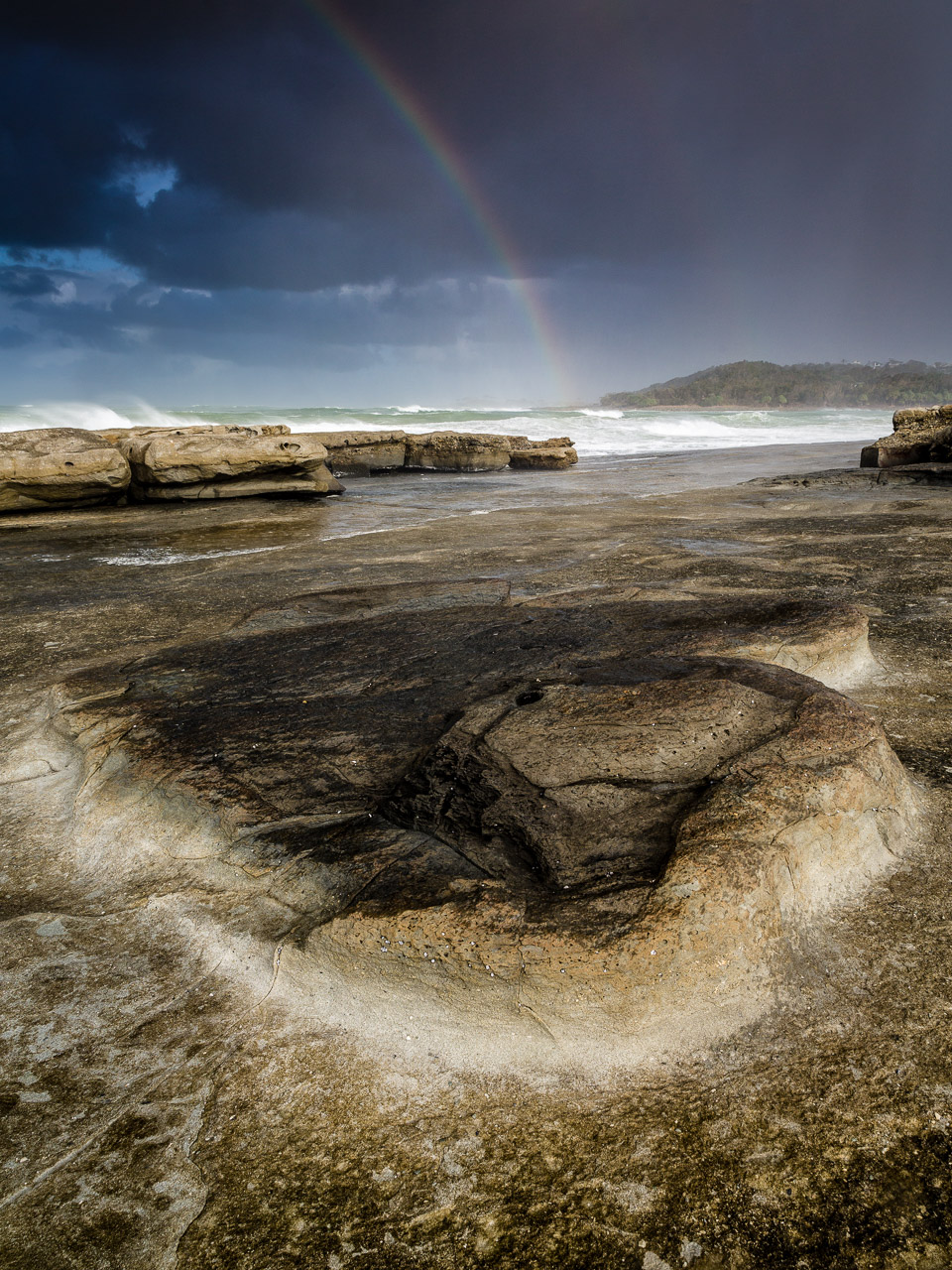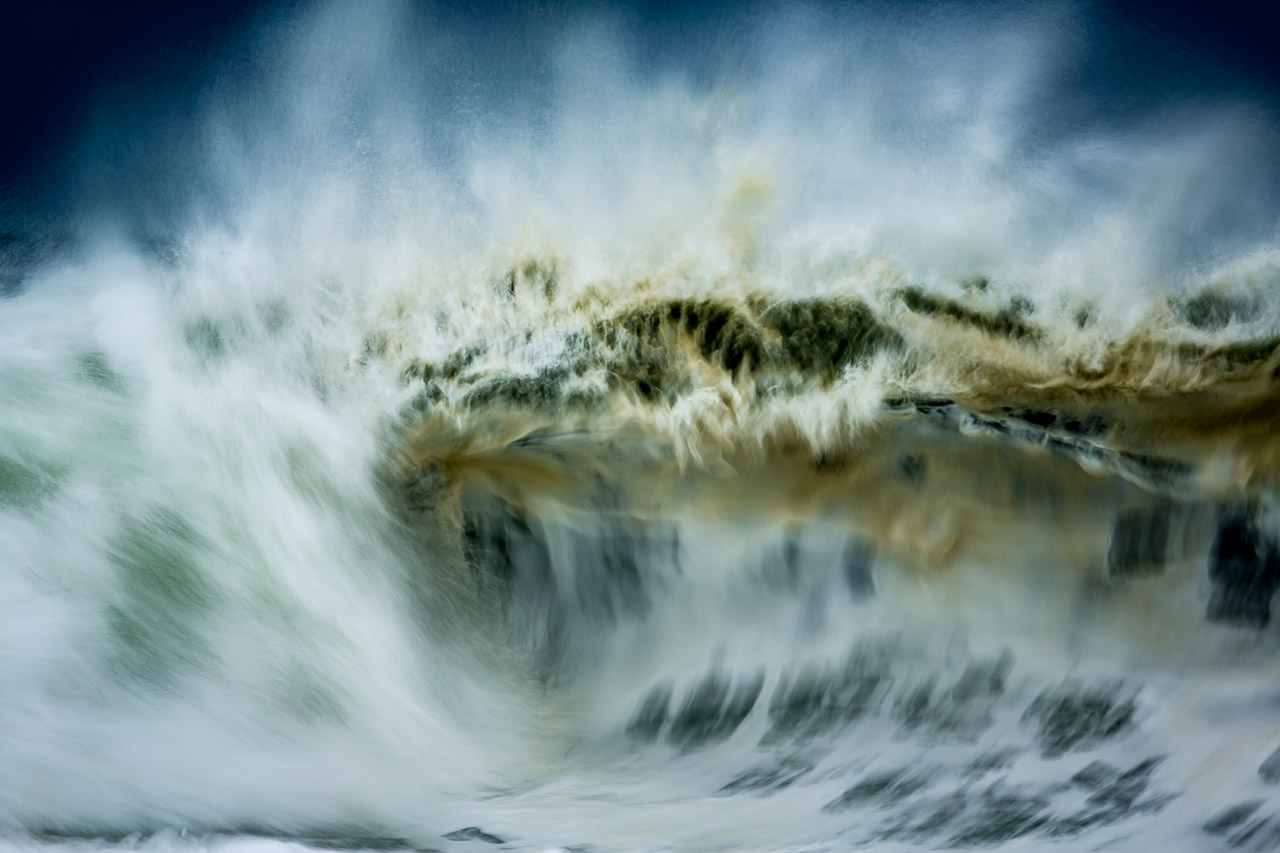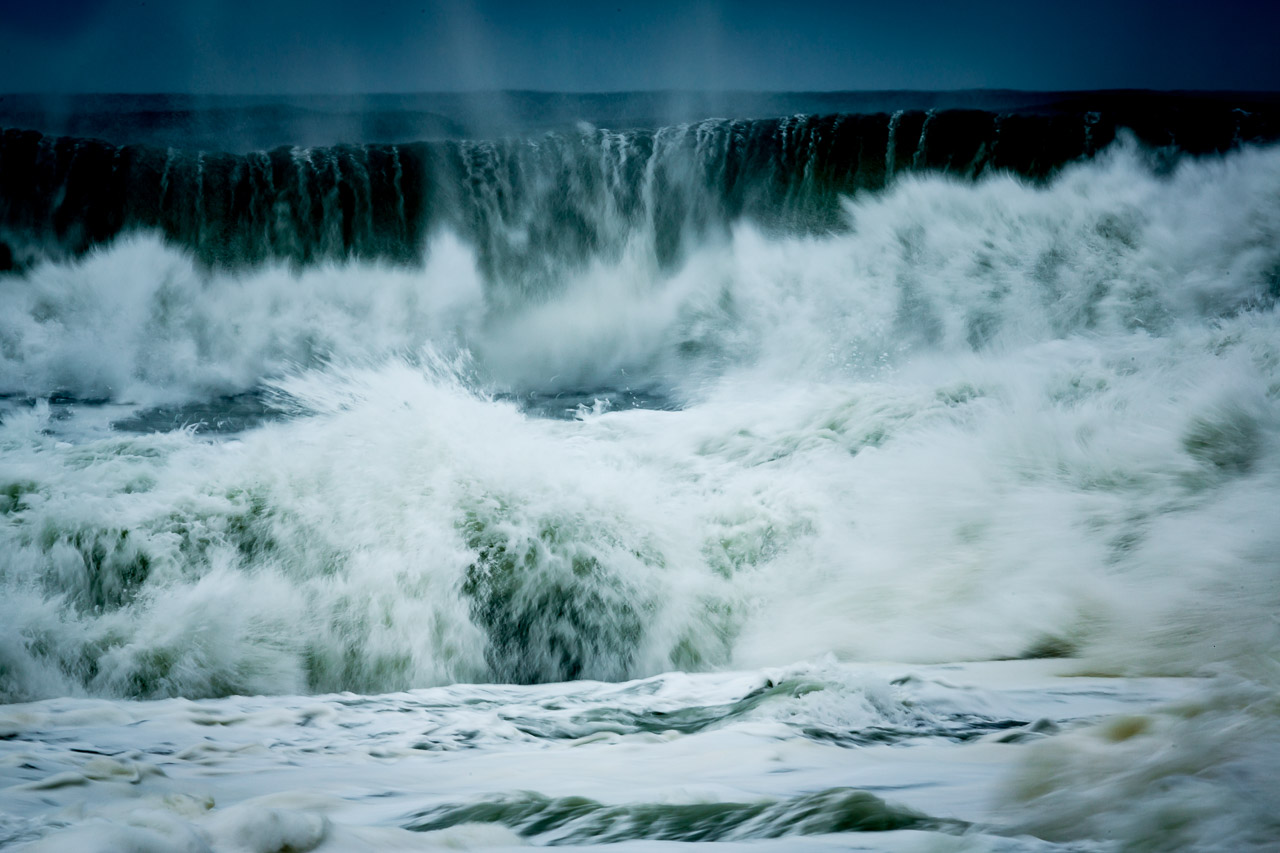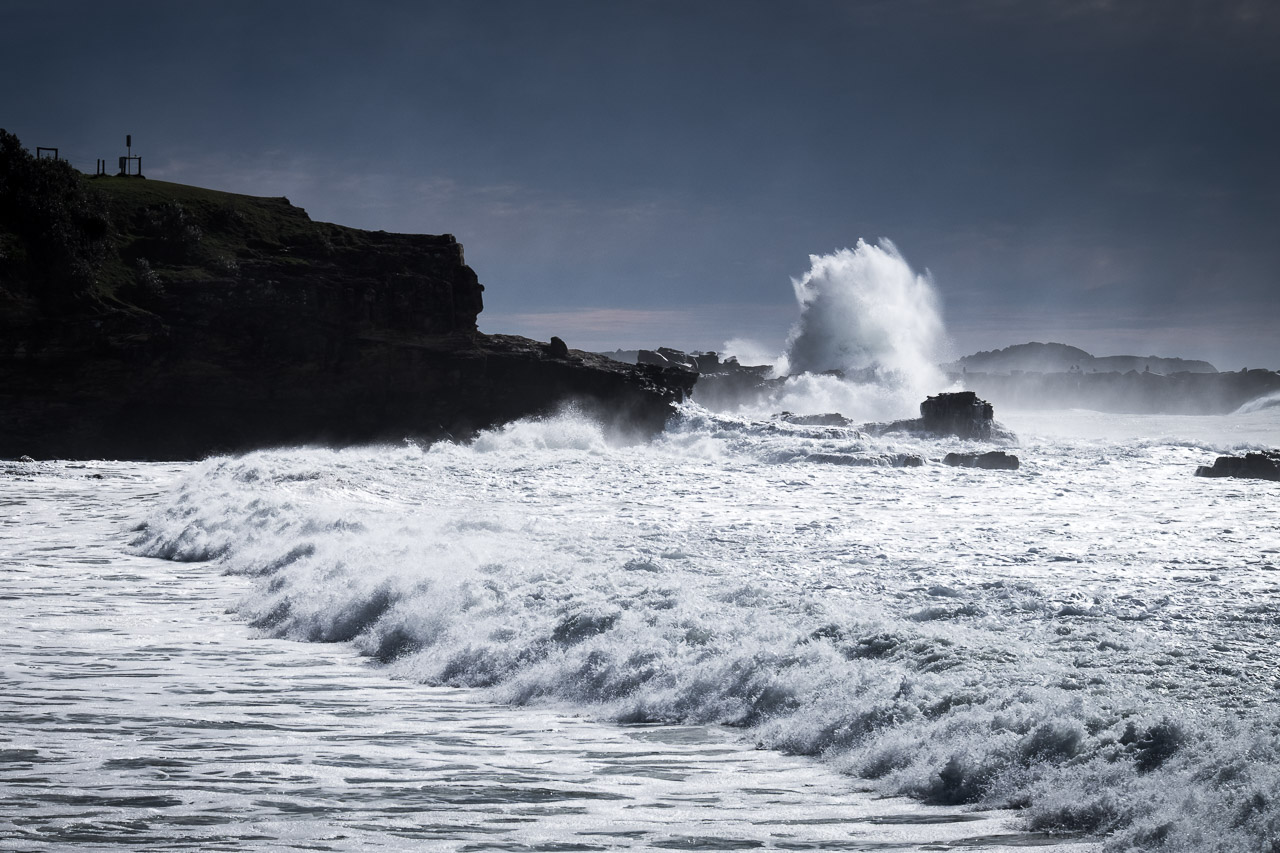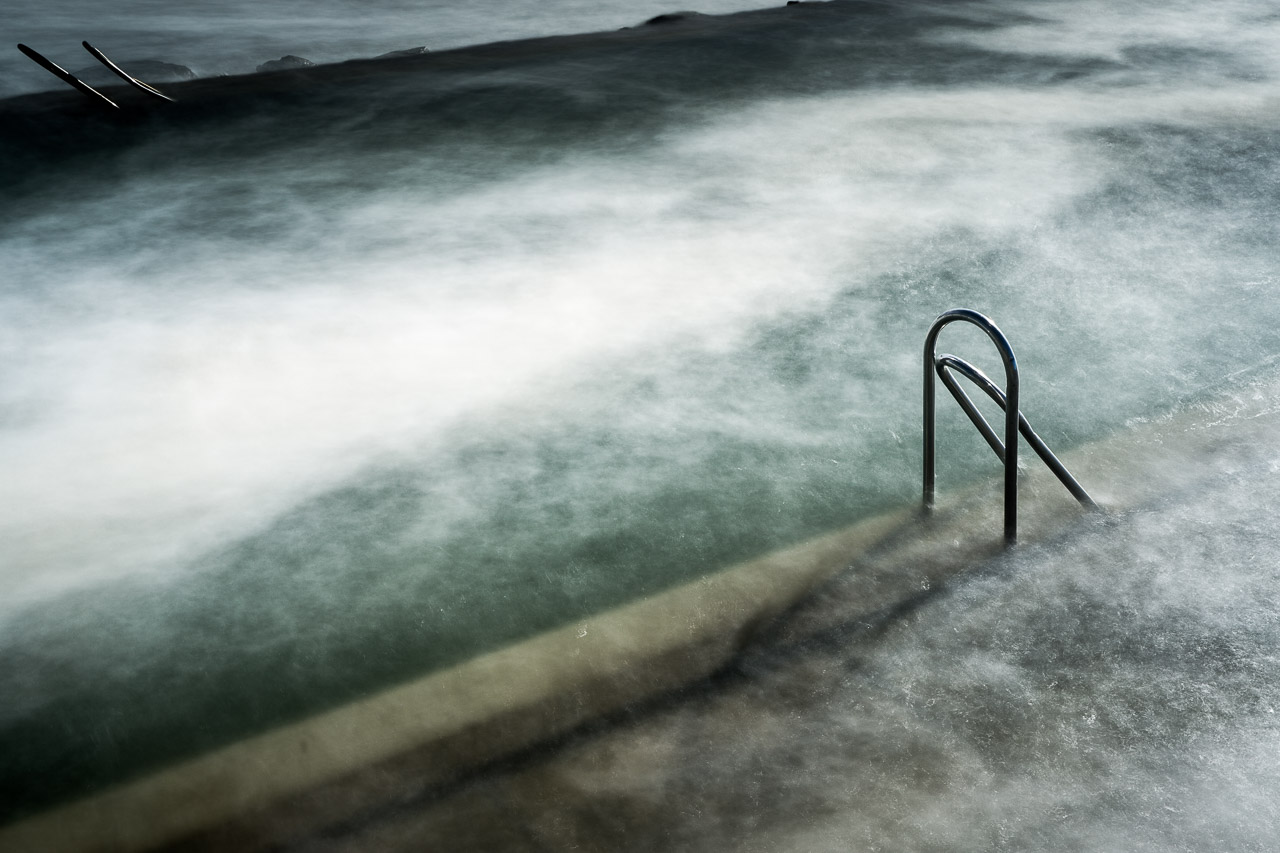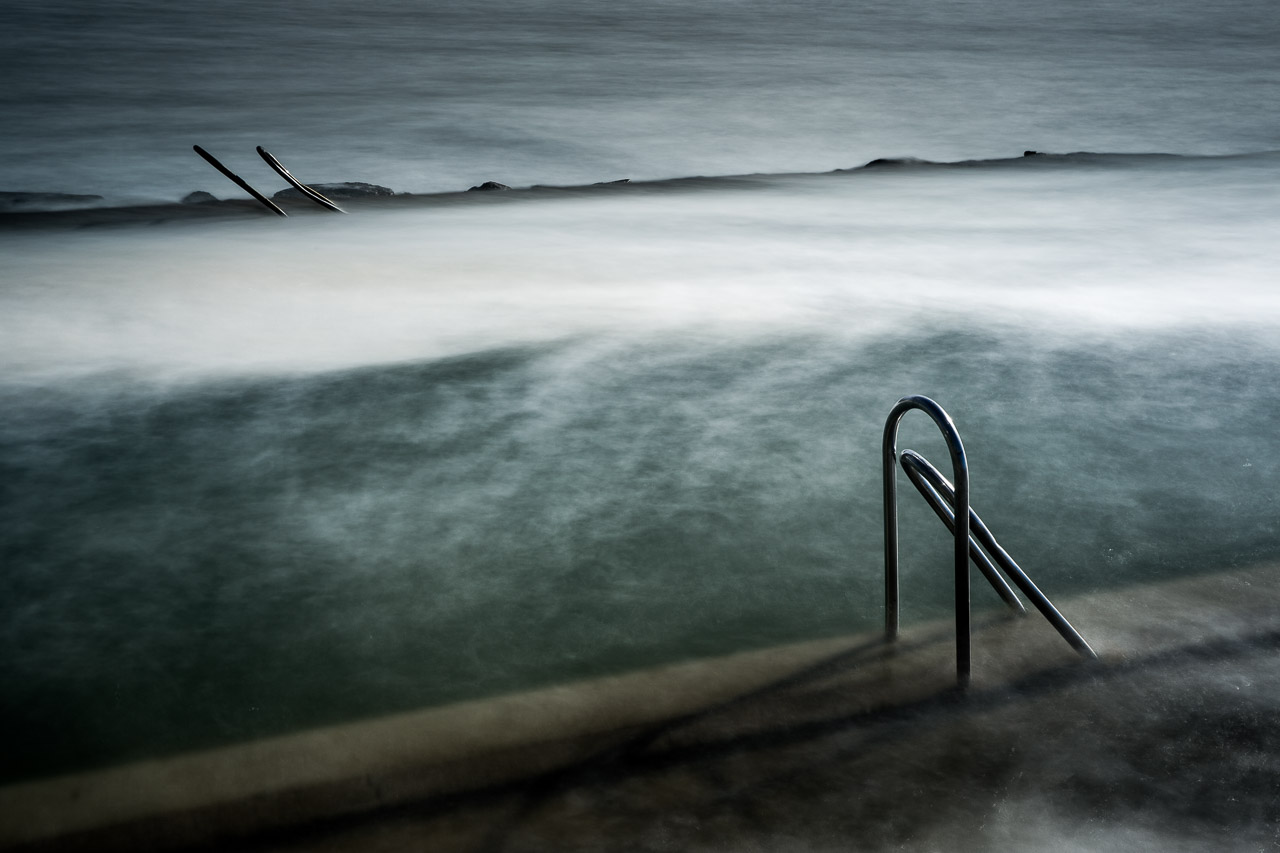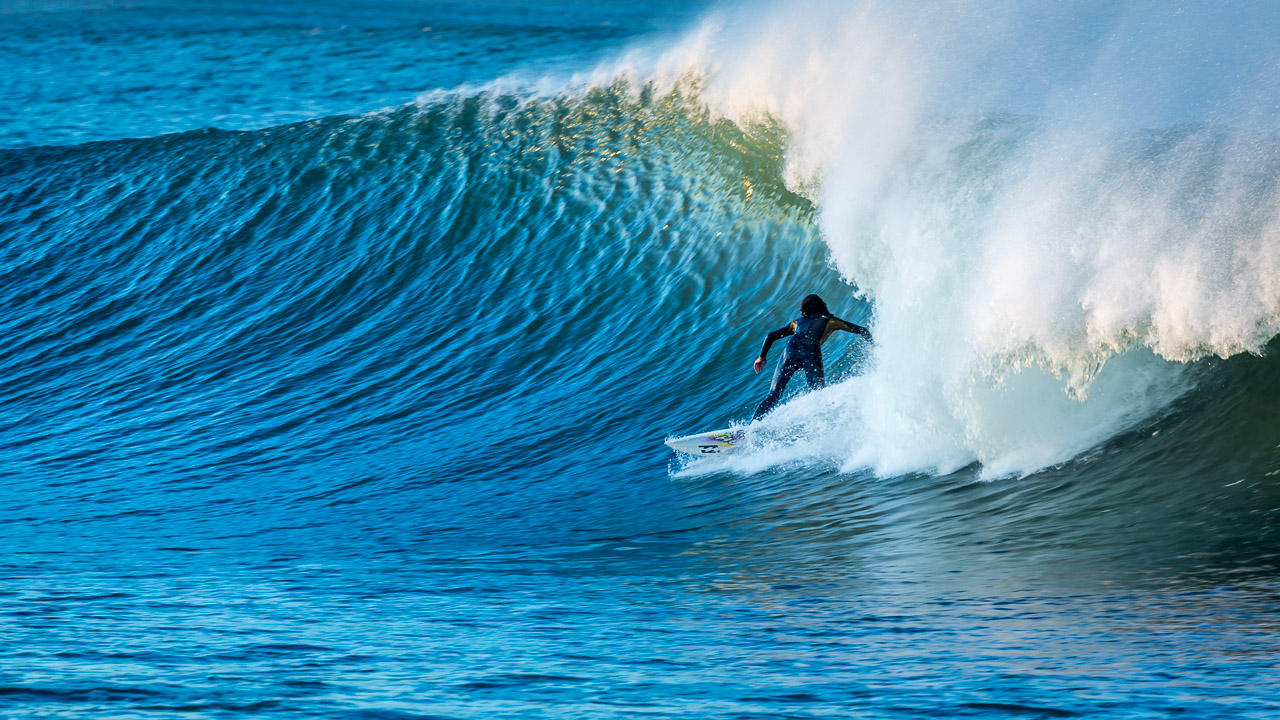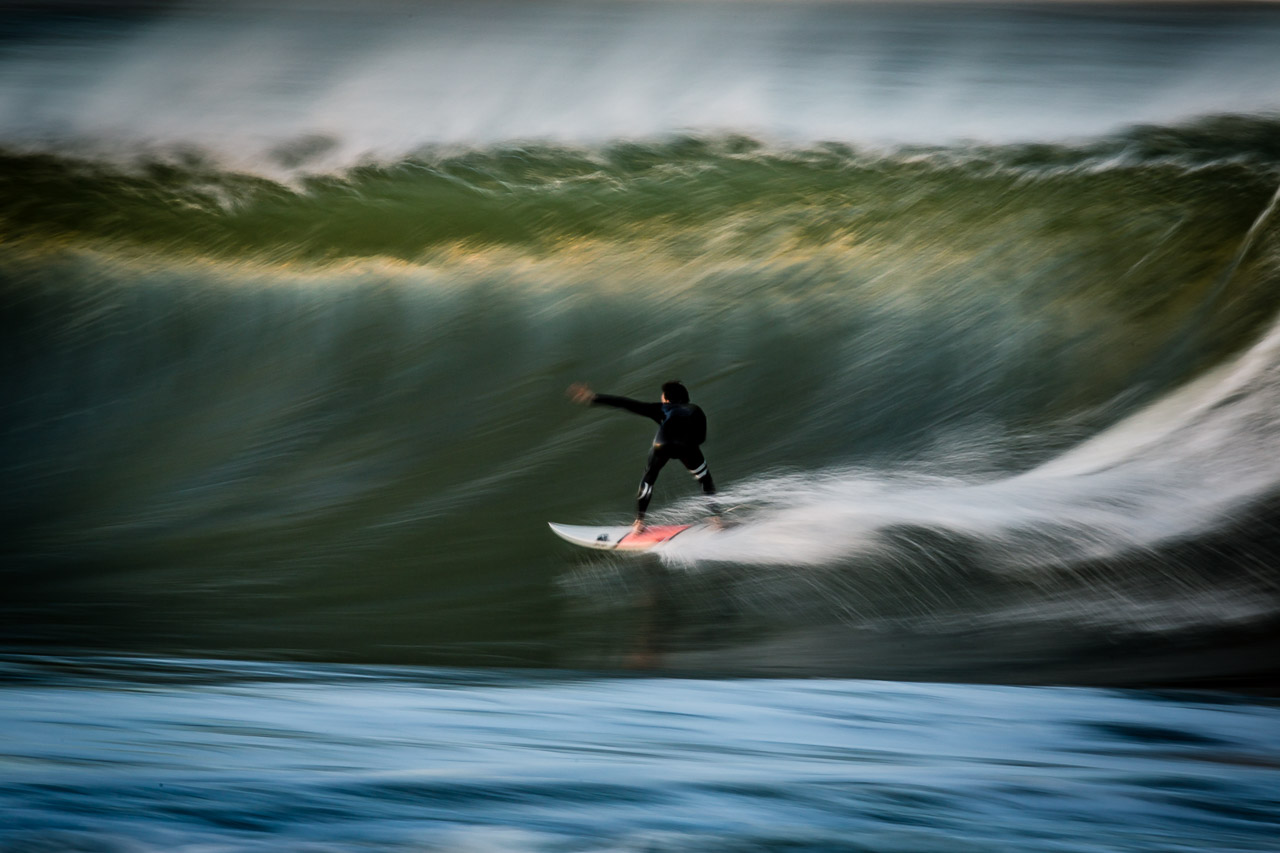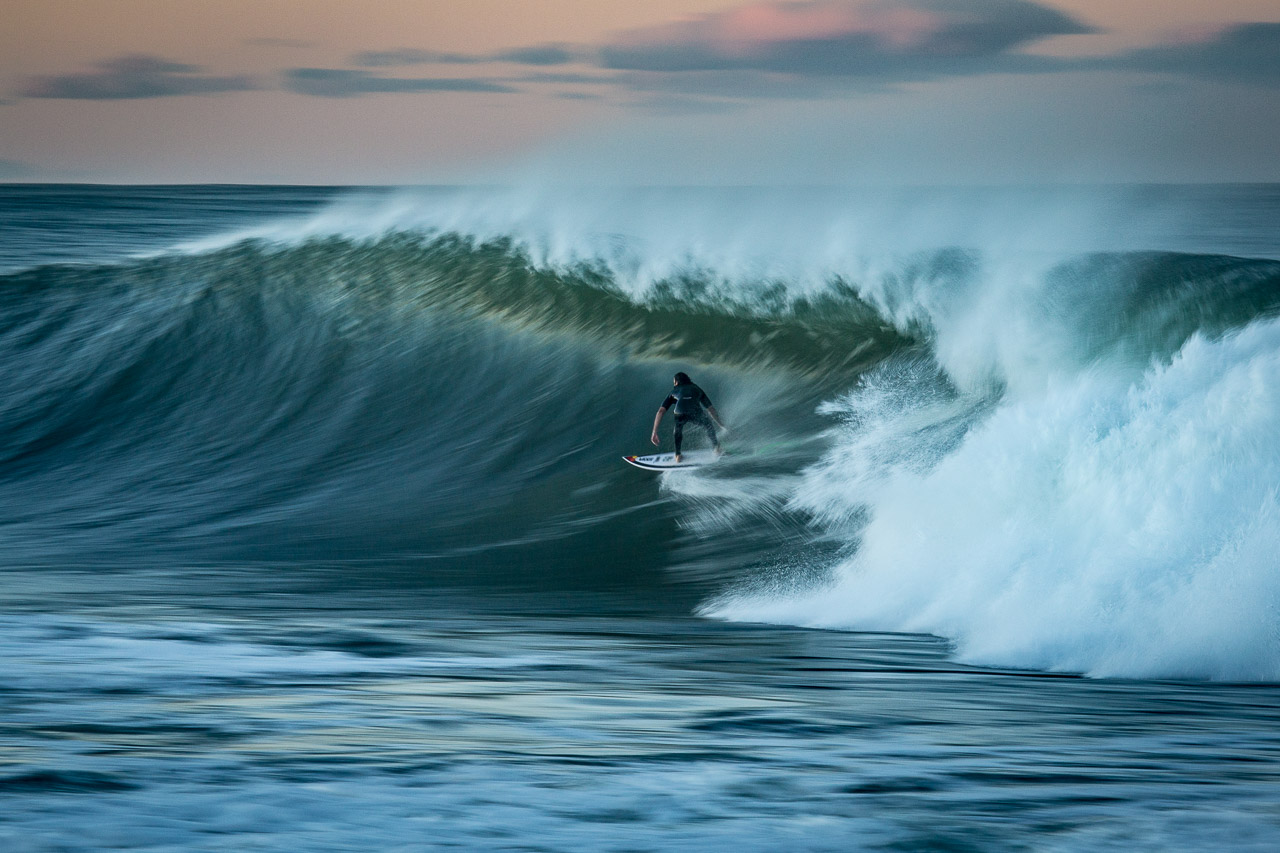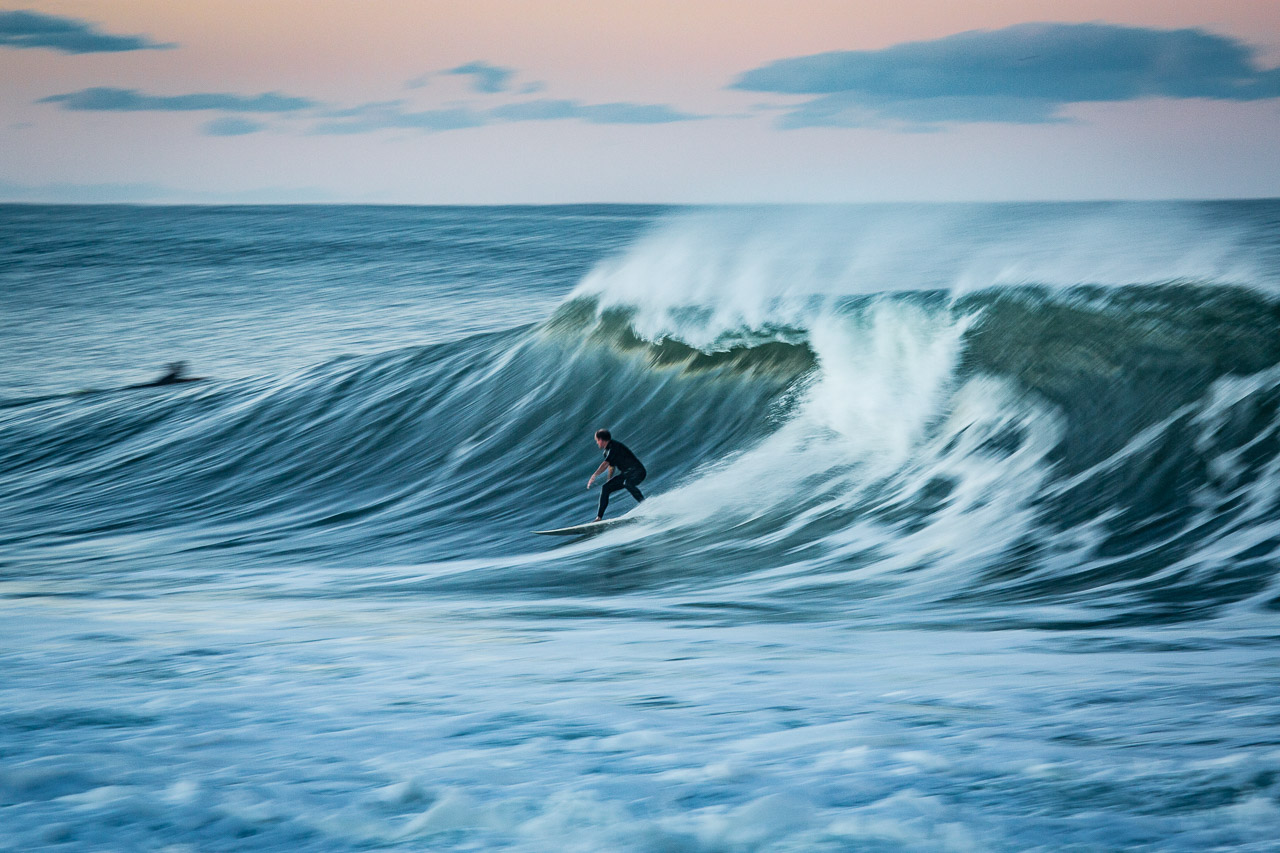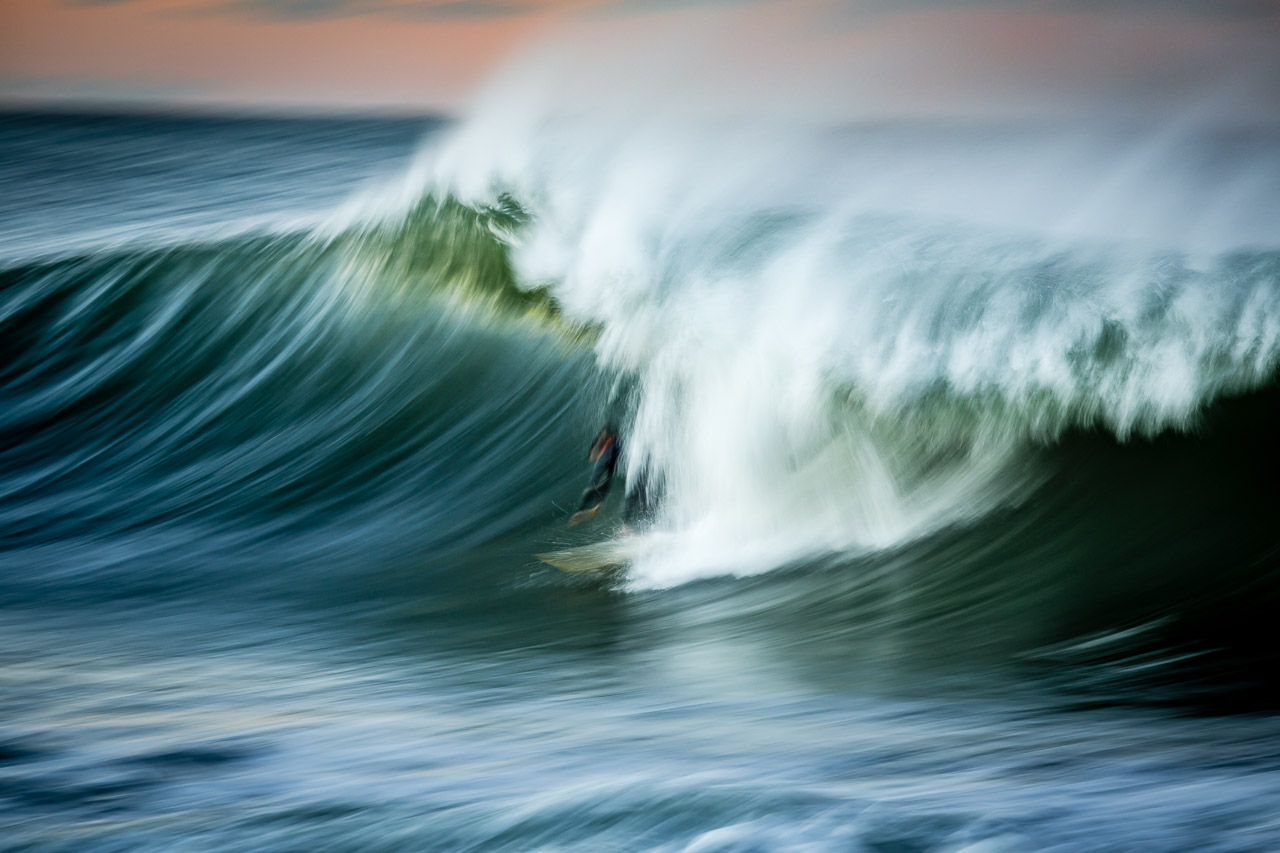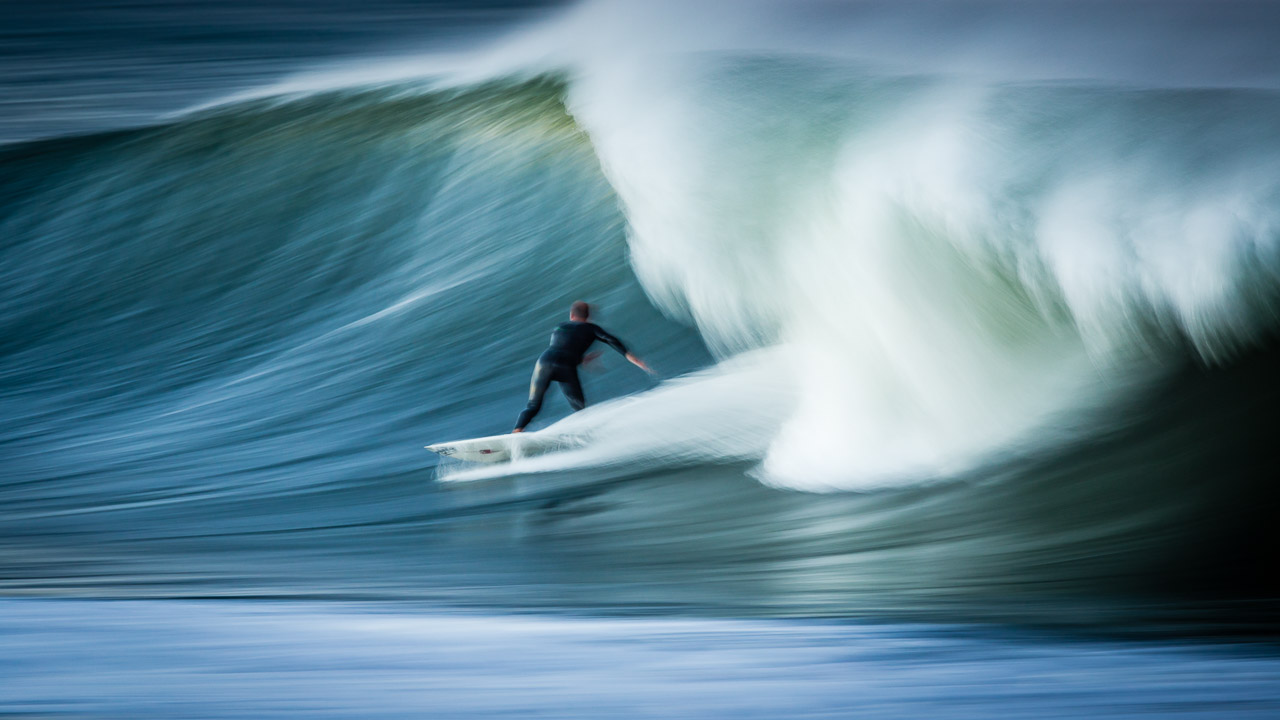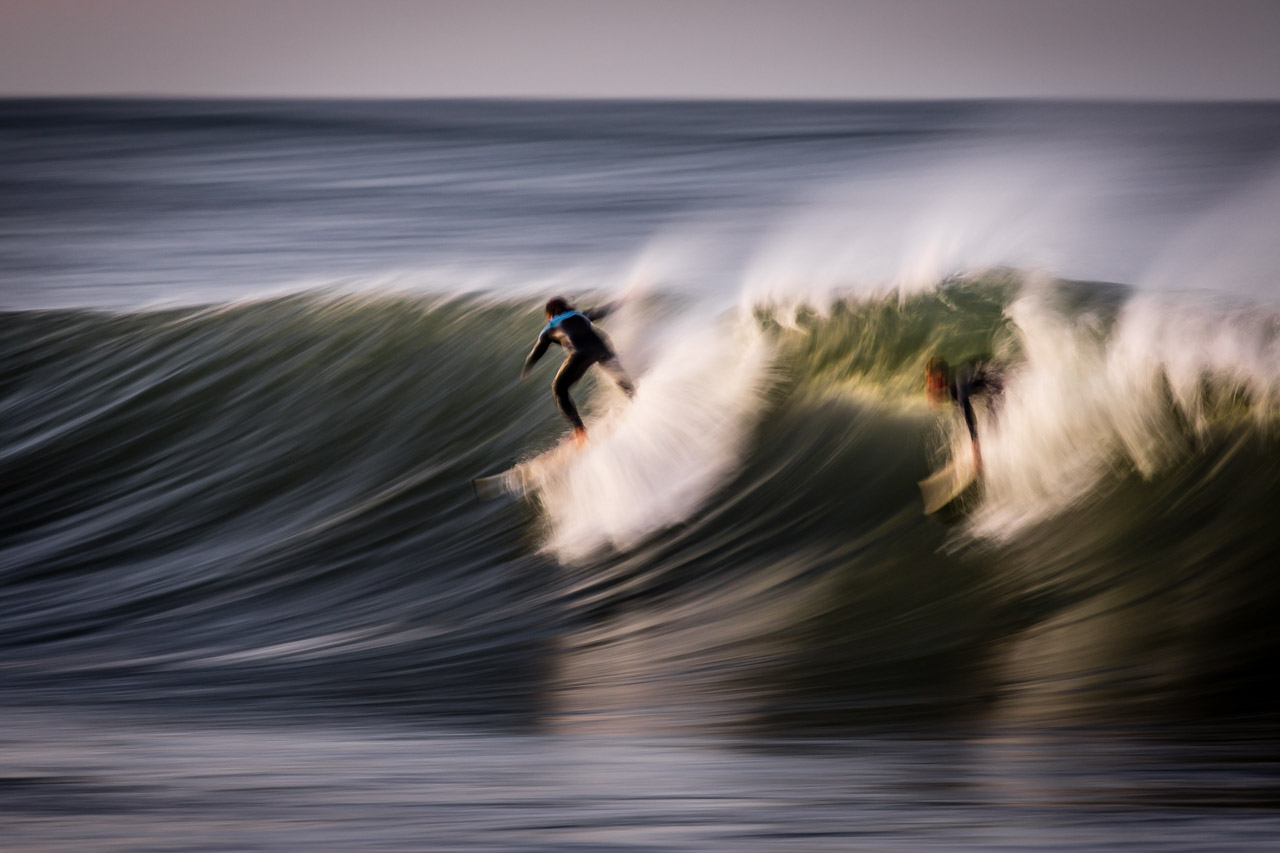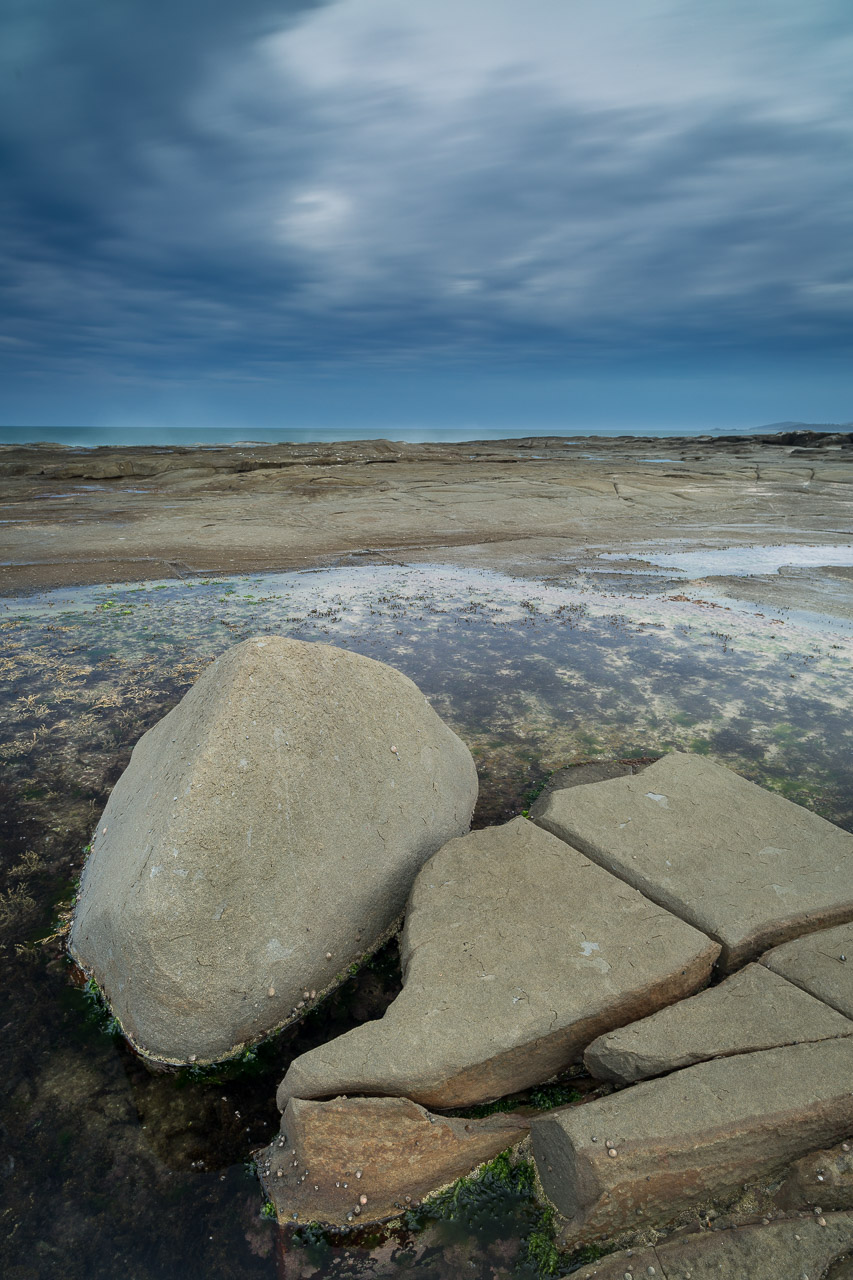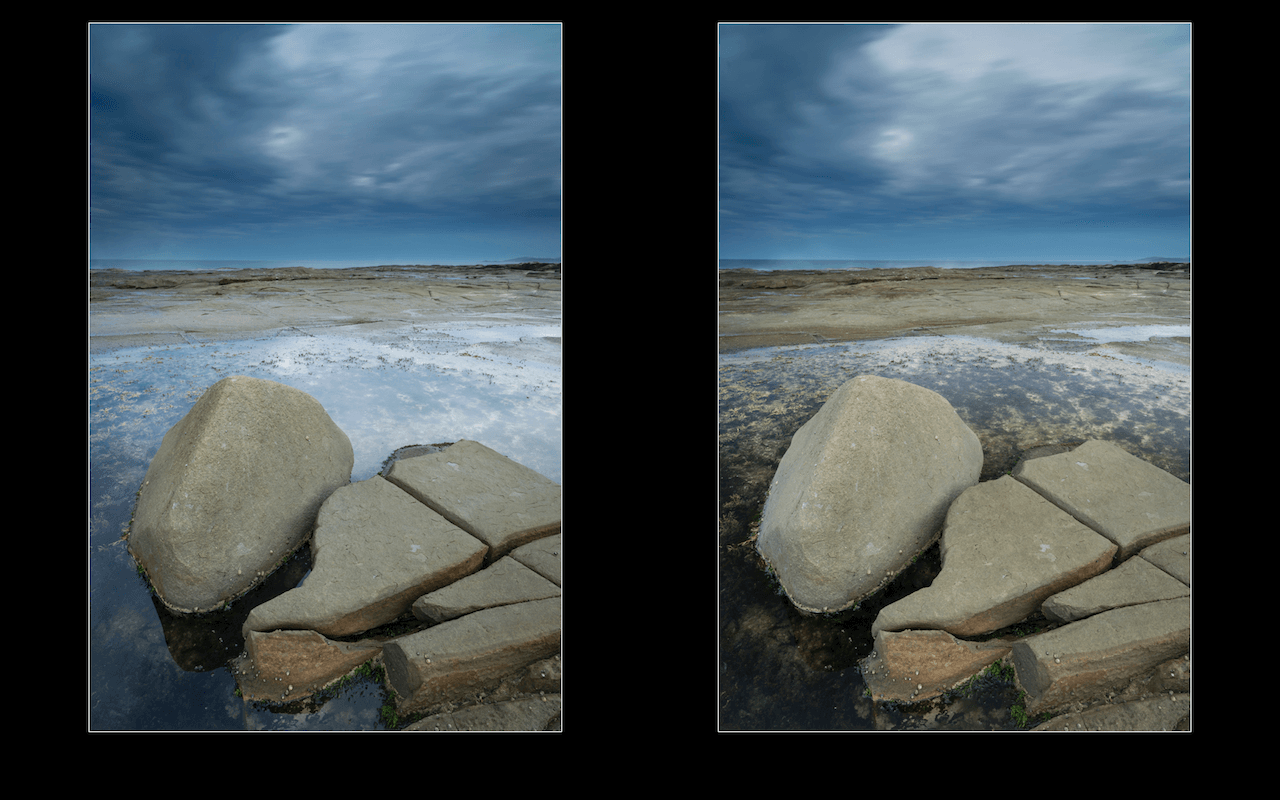I've just sat and read David DuChemin's new eBook Making the Image cover to cover in one sitting. My initial reaction is that this is a great book for outlining the thought process that goes into making photographs and will appear on my must-read list.
My second reaction is that this is a book that I wish I had written, notwithstanding the fact that I'm not near as as eloquent, passionate and prolific a writer as David is!
So much of it resonates with how I work and the conversation that I have when I am photographing. Indeed, I have written several blog posts which I also titled "Making the Image" which outline how I go about making photographs whilst on location.
Some background
If you follow me here, on social media or - gasp! - know me in real life, you'll know that I'm a huge admirer of David DuChemin.
Whilst most point to the likes of Ansel Adams or Joe Cornish as their inspiration (for me too they were my encouragement to pick up the camera) I'd shout out David as one of my heroes for saving my photographic life. Like millions of others I'd fallen into the trap of thinking that it was my equipment that was letting me down. Daily visits to the likes of DPReview convinced me that a new camera or new lens was my photographic saviour.
I stumbled upon David's blog by chance years ago when it was much smaller than it is now. What he said clicked with me immediately "Gear is good, vision is better".
My lacking as a photographer had less to do with my (now very expensively assembled) gear and everything to do with me (and remains so to this day). His blog has always been full of passion, challenged my thinking, and focused on the mindgames of photography. It was never instructional in an absolute sense, he didn't say "do this" or "do that" as other blogs and books would do. It was always questioning and challenging. The answers - though admittedly heavily implied - were left to the reader to decide for themselves.
So it is with Making the Image. This book isn't about telling you how to take better photographs. More it outlines a process that you might go through to make better photographs. Focusing on the journey, rather than the destination as it were.
A Conversation
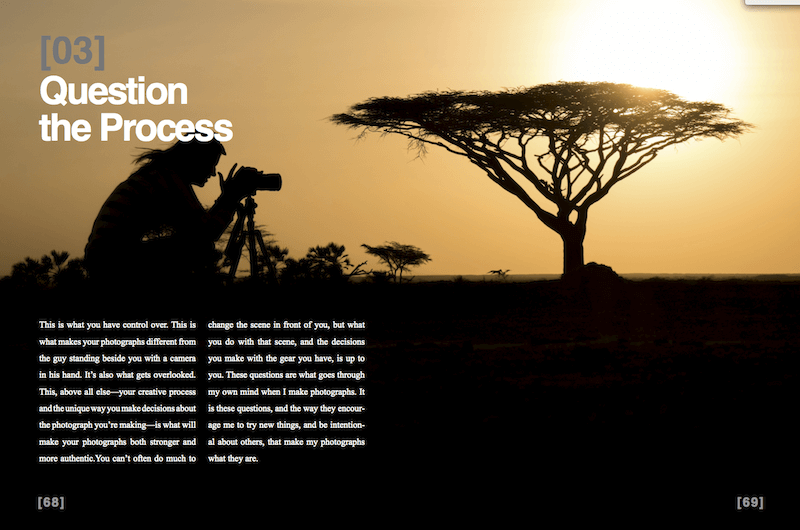 For a long time now I've considered photography to be a conversation, between the photographer, the camera and the landscape. It might sound silly to non-photographers, but I see it as an ongoing process of observation (listening), questioning, and personal interpretation (talking). The joy of digital technology is that the immediate feedback on the LCD allows that conversation to happen much more fluidly.
For a long time now I've considered photography to be a conversation, between the photographer, the camera and the landscape. It might sound silly to non-photographers, but I see it as an ongoing process of observation (listening), questioning, and personal interpretation (talking). The joy of digital technology is that the immediate feedback on the LCD allows that conversation to happen much more fluidly.
"How do I feel about this photograph?"
"How can I make it stronger?"
"What is distracting?"
"What's the light doing?"
"What if I...?"
And so on...
This ongoing interrogation results in a very iterative process, where I reach my best photograph step-by-step. Sometimes I'll take a wrong turn and go down a blind alley, but that's all in the name of trying something, failing, and learning. Sometimes the first image I make is the best, sometimes the last, and sometimes it's one somewhere in the middle. But each step (or image, whether I press the shutter or not) is taken in answer to a question I have posed myself.
I share this approach when teaching workshops, trying to encourage the questioning mind rather than relying on absolute truths. Those truths simply don't exist from one photograph to the next. There is no universally best exposure, composition, aperture, focus point, shutter speed, ISO, filter combination, focal length, position, and so on. It's all these variables and more that create an individual photograph and perhaps even an individual style. It's up to the photographer to put the jigsaw puzzle together that best represents what we have in our head.
Making the Image

Making the Image is laid out like the conversation that is so often going on in my head. It clearly outlines all of this thinking through a series of questions, each of which considers a different aspect of the photograph and how certain aspects might support or detract from the photograph we have in mind.
From "Why do I want to make this photograph?" to "Can I further simplify the image?" to "How is the image balanced?", it provides not so much a framework - you wouldn't sit down and go through these from start to end on every shot - but a pool of inspirational questions to draw on when you're not sure where to go next. Sometimes it well help to get unstuck, other times it will open up a new creative avenue that you hadn't considered. Better yet, if you use and practice the questions over time they will become ingrained in your own photographic routine. It even comes with a Quick Reference guide of just the questions so that you can keep them close at hand.
Rather than just dump the questions and run for the hills, for each question David talks through one or several of his own photographs and shows how he applied the questions in his own approach. This really helps ground the questions, taking them from a perhaps abstract idea to pragmatic advice you can relate to your own photography.
As I say, the book strongly resonates with how I approach my photography and my teaching. I think most photographers will find something to learn here, even if affirmation of your own approach (powerful in itself). For myself, with someone else presenting these ideas and questions back to me, it has helped me think further and more clearly on my own process. There's even a few extra questions which may have been in my subconcious that Making the Image has helped bring to the surface. I expect to hear David's voice on my future photographic adventures (which could get a bit weird at times).
The blurb for the book asks "Have you ever wanted an experienced photographer to look over your shoulder once in a while and ask you why you're doing this or that, and whether you'd considered trying something different?".
Normally I find there's an expectation gap between the marketing and a product's reality. On this occasion I think the marketing for Making the Image is good to it's word; that's exactly what this book feels and reads like. A good teacher won't just tell you the answers, they'll help you to understand the process for yourself. That, as I found on his blog all those years ago, is where David excels.
“A wise man doesn’t give the right answers, he poses the right questions.
~ Claude Levi-Strauss. This quote from the inside cover of the book gives a strong clue as to the book's contents.
Making the Image contains 35 questions over 158 beautifully illustrated pages, a quick reference guide for use in the field, and also contains a 45 minute video (if you really want to take David into the field with you!). You can get it for $20 discounted from $25 until August 12. As well as that, there's a tempting offer that goes with it. In David's words:
Everyone that picks up Making the Image before August 12 at 11:59 PM (PDT) also gets a chance to win one of three portfolio or image reviews with me. This gives me a chance to connect with a couple more of you, and gives three of you a chance to go a little deeper with your own images and process. No restrictions, no fine print. Everyone that gets Making the Image before August 12 at 11:59 PM (PDT) gets a great resource for 20% off what I hope is already a really great price, and a chance to win some time with me.
You can buy it here.
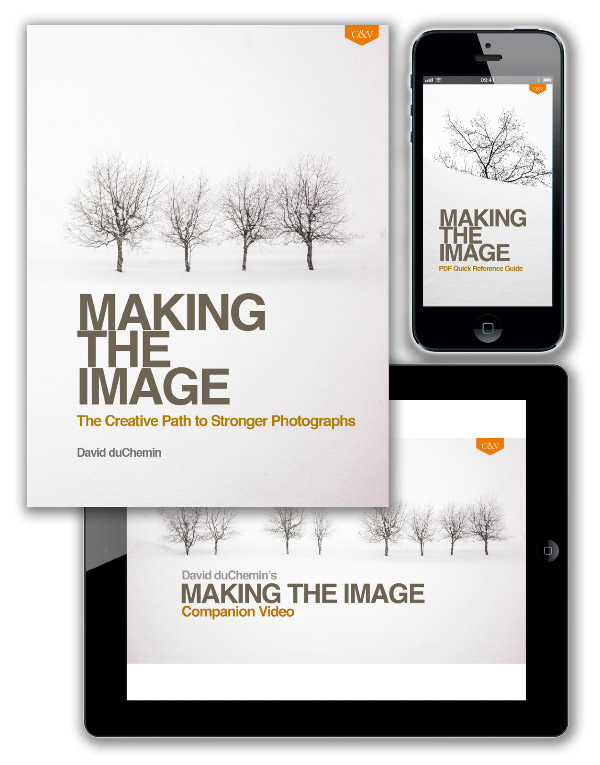
Disclaimer: note that I am a Craft & Vision affiliate. That reflects the fact that I strongly believe in the products David and the team produce rather than it will ever make me a rich man. If this review helped make your mind up then please do buy the book through my affiliate link for which I will receive a small commission. If you'd rather I didn't, you can visit Craft and Vision directly here.)
